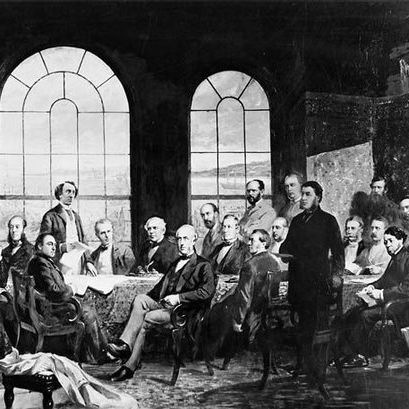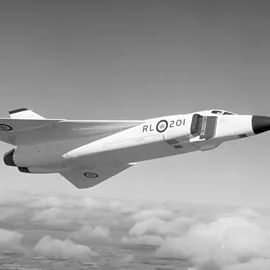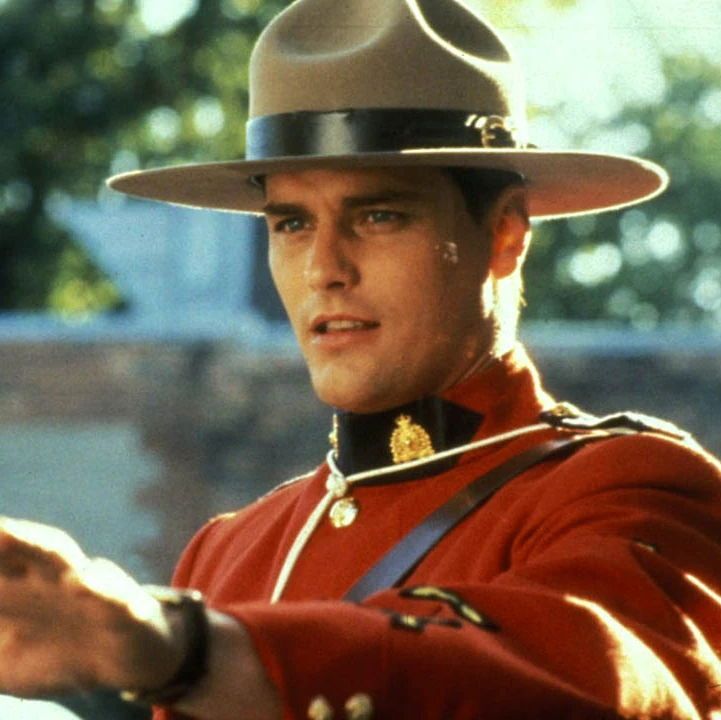It is #IndigenousHistoryMonth and this is the story of actor, singer & humanitarian Tom Jackson!
Tom Jackson was born on the One Arrow Reserve near Batoche, Saskatchewan on Oct. 27, 1948.
After moving to Winnipeg when he was 14, he dropped out of school a year later.
🧵1/5
Tom Jackson was born on the One Arrow Reserve near Batoche, Saskatchewan on Oct. 27, 1948.
After moving to Winnipeg when he was 14, he dropped out of school a year later.
🧵1/5

For the next few years, he lived on the streets but began to gravitate towards folk & country music in the Winnipeg coffee houses.
By the 1980s, he was playing at festivals throughout Canada and his songwriting often explored Indigenous issues.
🧵2/5
By the 1980s, he was playing at festivals throughout Canada and his songwriting often explored Indigenous issues.
🧵2/5

He soon began acting and in 1986, earned a Genie Award nomination for his role in Loyalties.
By the end of the decade, his singing & acting career had taken off.
He achieved national fame with his role as Peter Kenidi in the critically-acclaimed show North of 60.
🧵3/5
By the end of the decade, his singing & acting career had taken off.
He achieved national fame with his role as Peter Kenidi in the critically-acclaimed show North of 60.
🧵3/5

He continued to act throughout the 1990s and beyond with roles in Star Trek: The Next Generation, Spirit Rider, Cold Pursuit and more.
In his career, he has earned multiple Gemini Award nominations, won two Junos, 11 honorary degrees & the Order of Canada.
🧵4/5
In his career, he has earned multiple Gemini Award nominations, won two Junos, 11 honorary degrees & the Order of Canada.
🧵4/5

He is also well-known for his philanthropy and his Christmas concert, Huron Carole, which raised millions of dollars & collected tons of food for food banks around Canada.
He continues to help people who live on the streets, or are below the poverty line, to this day.
🧵5/5
He continues to help people who live on the streets, or are below the poverty line, to this day.
🧵5/5

• • •
Missing some Tweet in this thread? You can try to
force a refresh





















